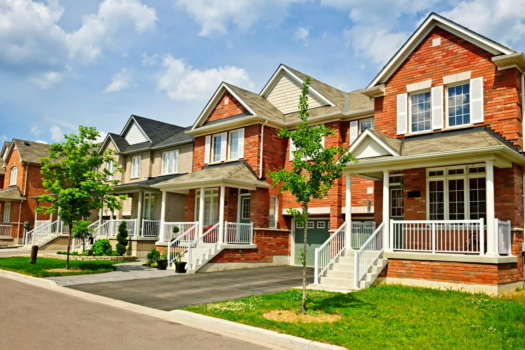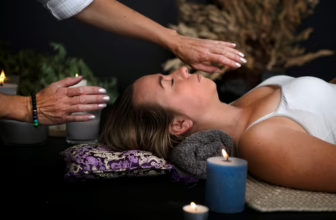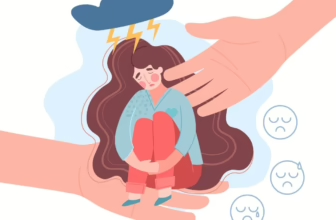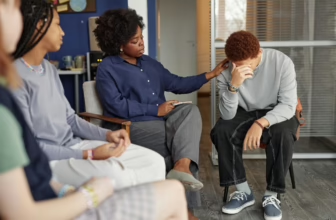Recovery housing is one of those ideas that seems deceptively simple on paper: create a stable place where people in early sobriety can live, support each other, and rebuild. The reality is that these homes are stitched together by a mix of personal passion, financial risk, and state regulations that vary dramatically from one ZIP code to the next. Behind every home that succeeds, there’s a story of someone who figured out not just the human side of care but also the economics that make the doors stay open.
Where Community Meets Sustainability
At the center of recovery housing is a question most people never ask: how do these places afford to exist? Rent collections, insurance reimbursements, grants, and sometimes sheer personal sacrifice keep the lights on. There’s no uniform model. Some states lean heavily on Medicaid and other funding streams. Others leave it almost entirely in the hands of nonprofits or private entrepreneurs. It means that the person starting a house often has to wear multiple hats—landlord, advocate, and fundraiser—while also keeping a sharp eye on compliance. Sustainability isn’t just about financial spreadsheets either. If a home doesn’t create an atmosphere where residents feel safe, respected, and motivated, then turnover rises, and the entire model begins to wobble.
The Patchwork of State Regulations
Regulations are where optimism collides with bureaucracy. States like Maryland and New York take different approaches, and the requirements can feel overwhelming to a newcomer. For example, for example, how to start a group home in Maryland might be different than starting one in New York, so working with a company that helps you do this is key. These companies guide founders through zoning issues, licensing, and even neighborhood pushback. That last one is more than an afterthought. Many communities support recovery in theory but resist when the initiative comes to their street. Without expert guidance, even the most well-intentioned projects can stall before they get off the ground. And that’s a shame, because the demand for these spaces far outweighs the supply.
Measuring Impact Beyond Survival
Recovery housing isn’t just about surviving on razor-thin margins. The more ambitious operators track outcomes like job placements, reconnections with family, and long-term sobriety rates. Data is becoming a quiet but powerful tool in proving that these homes aren’t just charitable add-ons—they’re economic engines in their own right. A resident who regains stability contributes back into the workforce and reduces strain on hospitals and emergency services. In that sense, recovery housing is a form of infrastructure, though it rarely gets talked about in those terms. The homes that thrive usually find ways to balance compassion with hard-nosed record-keeping. It’s not always comfortable to reduce personal progress to data points, but those numbers open doors to grants and partnerships that can keep beds available for the next wave of residents.
Celebrating Milestones and Building Culture
What sets the most respected homes apart isn’t just compliance or financial ingenuity but the culture they create. Rituals, traditions, and shared celebrations give residents a sense of belonging that can’t be faked. For some homes, that might mean group dinners, weekly check-ins, or outings that remind people life can be joyful without substances. Others emphasize service projects or mentorship circles where more seasoned residents support those just beginning their journey. A powerful aspect is celebrating sobriety milestones, no matter how small. Thirty days, six months, or a year—these markers become fuel, proof that progress is real and visible. They also serve as quiet reminders to the rest of the house that recovery isn’t theoretical; it’s happening in real time, right in front of them.
The Role of Private Investment and Public Policy
No matter how heartwarming the stories, recovery housing doesn’t escape the cold reality of money. Investors are beginning to recognize the sector’s potential, though they face the tension of balancing return on capital with maintaining dignity and respect for residents. Private equity firms have dipped their toes in, sparking debates about whether profit motives align with the mission. At the same time, policymakers are weighing how to expand access without overregulating the very people trying to make these homes possible. In some states, funding initiatives have created a surge of new houses. In others, the absence of clear frameworks has left operators fending for themselves. The future of recovery housing will likely be shaped by how well those two forces—private investment and public policy—manage to cooperate rather than collide.
A Broader Vision for Recovery Housing
At its best, recovery housing isn’t just transitional. It’s aspirational. It points to a model of living that values community, accountability, and shared growth in a way that feels almost radical in an era of individualism. The homes that thrive don’t simply offer shelter; they rewrite the script on what healing environments look like. Imagine neighborhoods where recovery housing is not hidden but welcomed, where residents are seen as assets instead of risks. That’s the bigger picture, and it’s not a pipe dream. In cities where recovery housing has been thoughtfully integrated, the ripple effects are measurable—lower crime rates, stronger local economies, and families that stay together instead of fracturing.
Closing Reflections
Recovery housing sits at the intersection of empathy and economics, policy and personal resilience. It isn’t glamorous work, and it’s rarely smooth, but it carries a weight far greater than the square footage of the homes themselves. These spaces create opportunities for people to reclaim their lives, while also challenging communities to rethink what they value. The ongoing test is whether society treats recovery housing as a side note or as a permanent part of the social and economic landscape. The answer, ultimately, will be written not just in legislation or budgets, but in the day-to-day lives rebuilt behind those doors.
Follow me down the rabbit hole!
I'm Alice and I live with a dizzying assortment of invisible disabilities, including ADHD and fibromyalgia. I write to raise awareness and end the stigma surrounding mental and chronic illnesses of all kinds.








